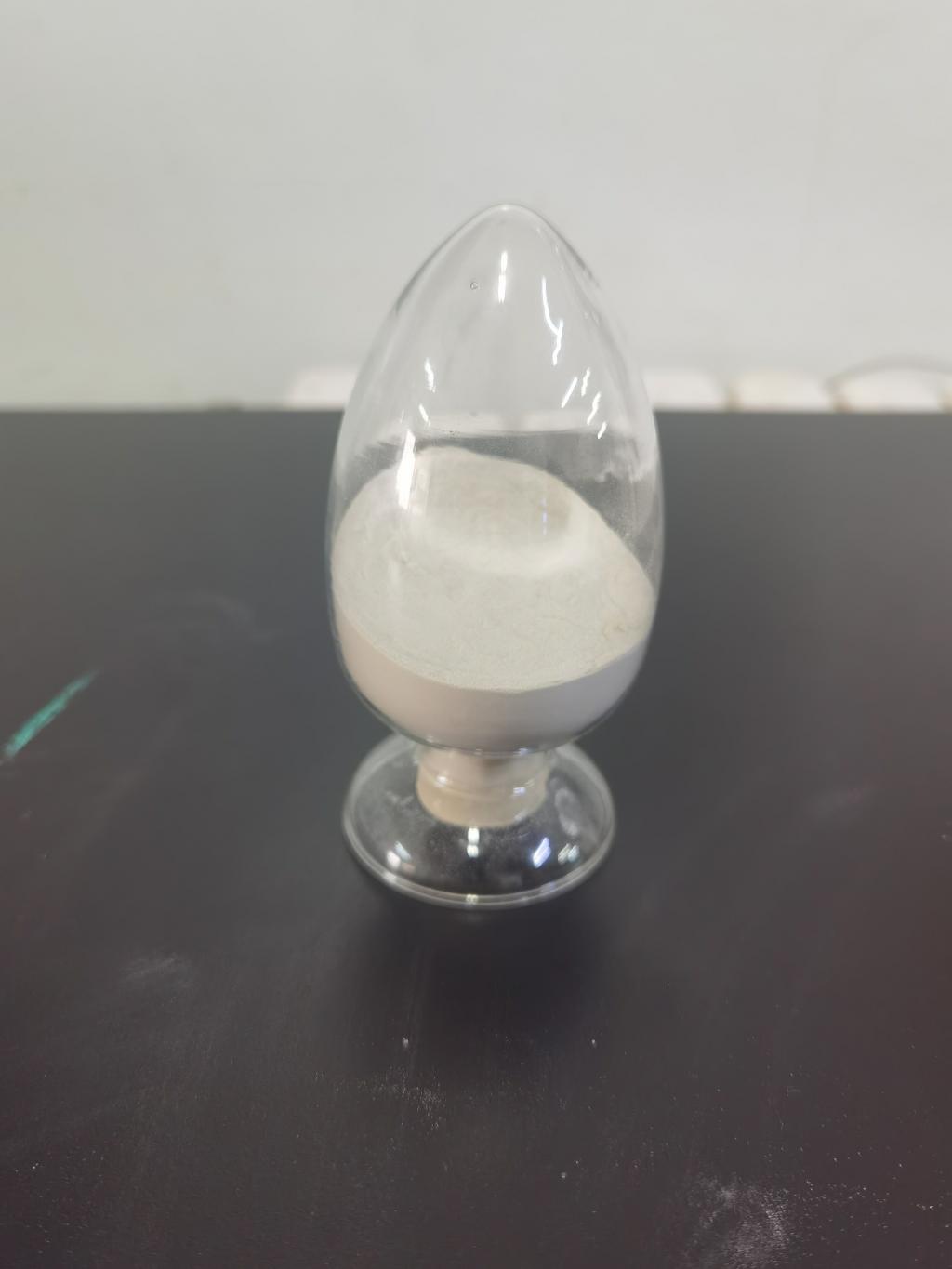Tel:+8618231198596

News
 CONTACT
CONTACT
 CONTACT
CONTACT
- Linkman:Linda Yao
- Tel: +8618231198596
- Email:linda.yao@dcpharma.cn
- Linkman:CHARLES.WANG
- Department:Overseas
- Tel: 0086 0311-85537378 0086 0311-85539701
News
Current Position:
Home >
News
>Investigating the stability of Nisin in different pH and temperature conditions.
Investigating the stability of Nisin in different pH and temperature conditions.
TIME:2024-04-24
Understanding Nisin Stability:
The stability of nisin refers to its ability to retain its antimicrobial activity and structural integrity under varying environmental conditions, including pH and temperature. Several factors influence the stability of nisin, including:
pH: The pH of the surrounding environment can impact the charge and conformation of nisin molecules, affecting their interactions with target bacteria and overall stability.
Temperature: Changes in temperature can lead to alterations in the secondary and tertiary structure of nisin, potentially compromising its antimicrobial efficacy and stability.
Presence of Other Compounds: Interactions with other compounds present in food matrices, such as salts, proteins, and lipids, may affect the stability of nisin and its ability to exert antimicrobial activity.
pH Stability of Nisin:
Nisin exhibits pH-dependent stability, with optimal stability observed within a specific pH range. Factors influencing nisin stability at different pH levels include:
Acidic Conditions: Nisin is relatively stable under acidic conditions (pH < 4), as its positive charge enhances interactions with negatively charged bacterial membranes, facilitating antimicrobial activity.
Neutral to Alkaline Conditions: Nisin stability decreases at neutral to alkaline pH levels (pH > 7), leading to reduced antimicrobial efficacy and potential degradation of the peptide structure.
Temperature Stability of Nisin:
Temperature plays a critical role in nisin stability, with variations influencing its structural integrity and antimicrobial activity. Key considerations include:
Heat Stability: Nisin is generally stable at temperatures below its denaturation temperature, with optimal stability observed at moderate temperatures (e.g., 4-25°C).
Thermal Degradation: Prolonged exposure to high temperatures can lead to thermal degradation of nisin, resulting in loss of antimicrobial activity and structural integrity.
Impact on Food Preservation:
The stability of nisin under different pH and temperature conditions directly impacts its efficacy in food preservation. Key implications include:
Shelf-life Extension: Optimal pH and temperature conditions can maximize the stability of nisin in food products, thereby extending their shelf-life by inhibiting microbial growth and reducing spoilage.
Formulation Considerations: Formulating food products with ingredients that stabilize nisin, such as buffering agents or encapsulation technologies, can enhance its stability and efficacy in preserving food quality.
Process Optimization: Adjusting processing parameters, such as pH and temperature during production and storage, can optimize the stability of nisin-containing foods and minimize the risk of degradation.
Future Directions:
Future research directions in nisin stability include:
Mechanistic Studies: Investigating the molecular mechanisms underlying nisin stability under different pH and temperature conditions to identify key determinants and potential strategies for enhancement.
Novel Formulations: Developing innovative formulations and delivery systems that enhance the stability and bioavailability of nisin in food matrices, thereby improving its efficacy in food preservation.
Application in Emerging Technologies: Exploring the use of nisin in conjunction with emerging technologies, such as high-pressure processing and cold plasma treatment, to enhance food safety and quality.
Conclusion:
The stability of nisin in various pH and temperature conditions is critical for its effectiveness in food preservation. Understanding the factors influencing nisin stability and their implications for food applications is essential for optimizing its use in the food industry. By addressing challenges related to pH and temperature stability, researchers and food manufacturers can harness the full potential of nisin as a natural antimicrobial agent for enhancing food safety and extending shelf-life.
- Tel:+8618231198596
- Whatsapp:18231198596
- Chat With Skype







